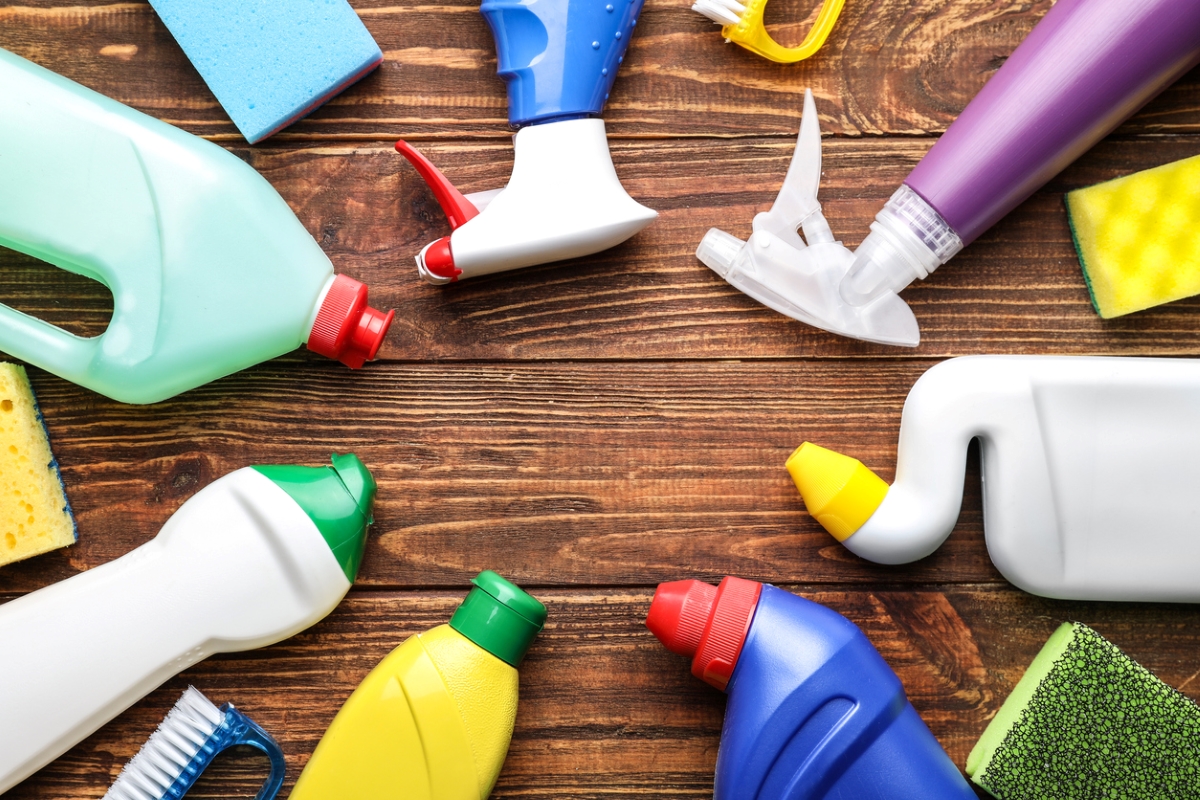We may earn revenue from the products available on this page and participate in affiliate programs. Learn More ›
According to the National Fire Protection Association, 26 percent of fires between 2016 and 2020 occurred in the home. Cooking equipment, smoking, and heating equipment are among the leading causes of home structure fires, according to the organization. But there are quite a few surprising substances sitting around your home that could make a house fire even more serious.
1. Coffee Creamer
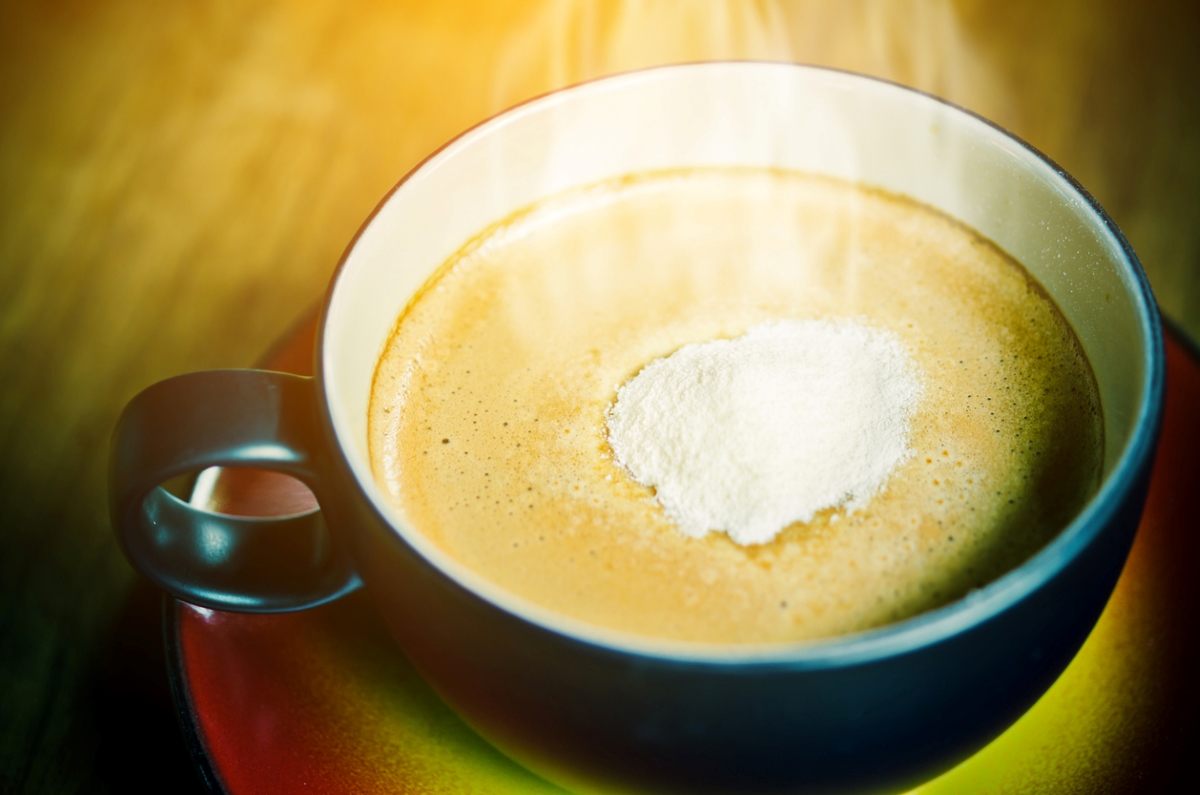
Powdered nondairy creamer is surprisingly combustible due to its chemical composition, which includes sodium aluminosilicate. So consider switching to a more stable liquid variety—or at least keep the creamer away from the stove.
2. Oranges

Oranges are chock full of a naturally occurring (and extremely flammable) chemical called limonene, which makes dried orange peels effective fire starters.
3. Flour
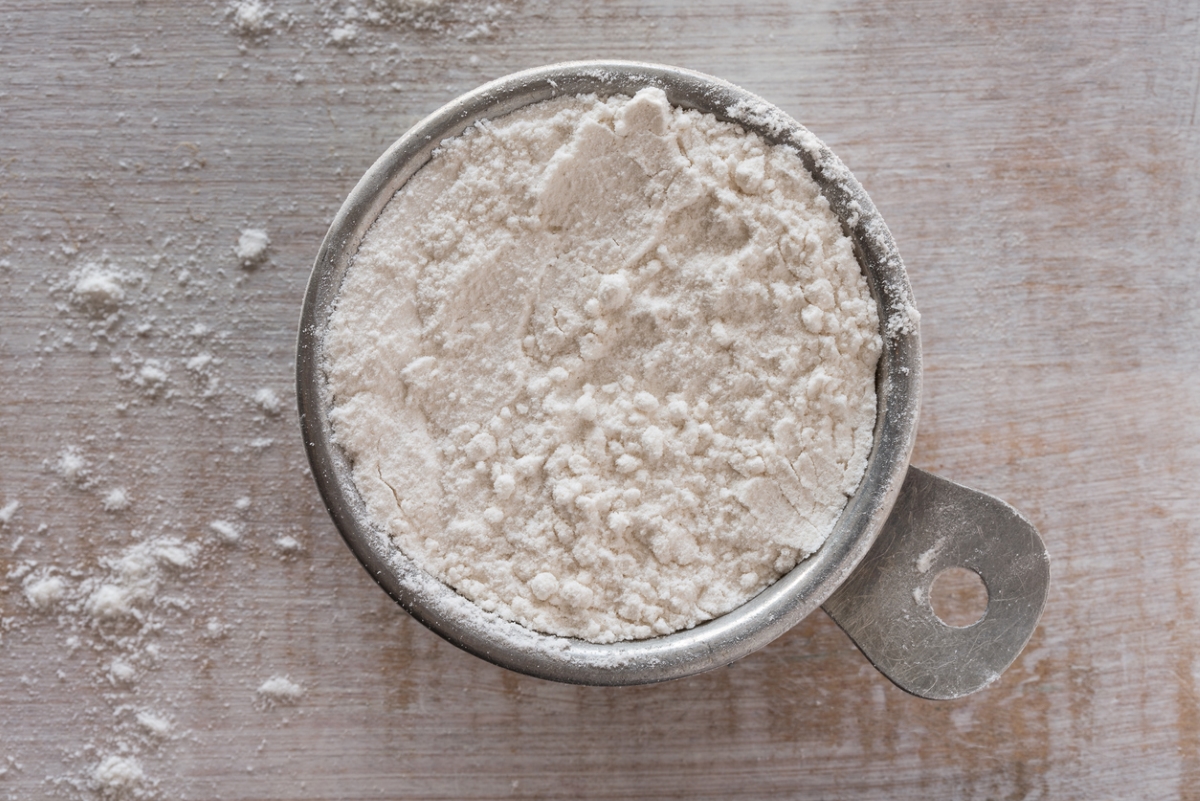
Yes, flour is flammable. Fine, powdery flour suspended in the air can actually explode when it comes into contact with fire. And because flour consists of carbohydrates, it burns fast and hot. Although the average kitchen is rarely filled with so much airborne flour as to pose a fire hazard, flour mills must take precautions to guard against serious fire safety issues.
4. Powdered Sugar and Spices
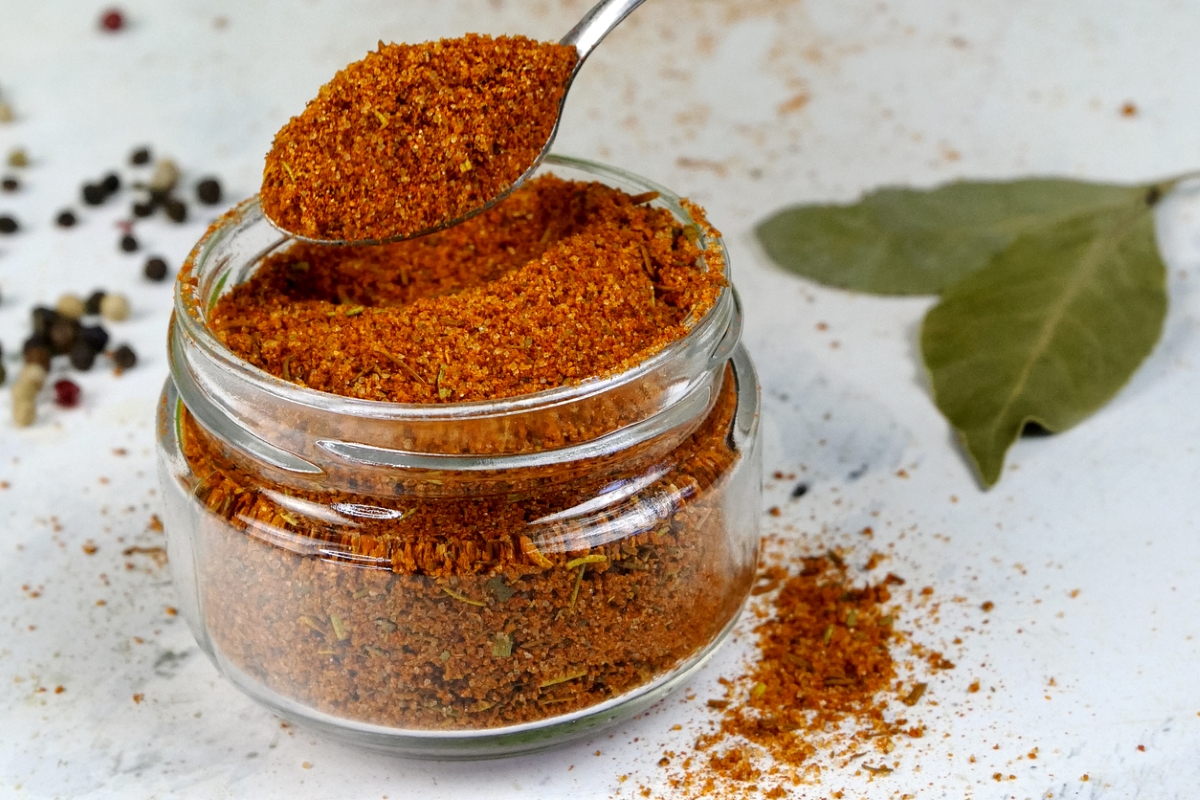
Like flour, powdered sugar is a carbohydrate, and when it gets hot, the sugar molecules can ignite. Powdered spices like cinnamon, chili powder, and garlic all consist of fine particles that can easily catch fire—and some spices even contain flammable oils.
RELATED: 13 Unusual Ways to Use What’s in Your Spice Rack
5. Snacks

Many popular snack foods are especially susceptible to fire, including potato chips, tortilla chips, cheese puffs, and other high-fat, high-carb treats.
6. Moth Balls
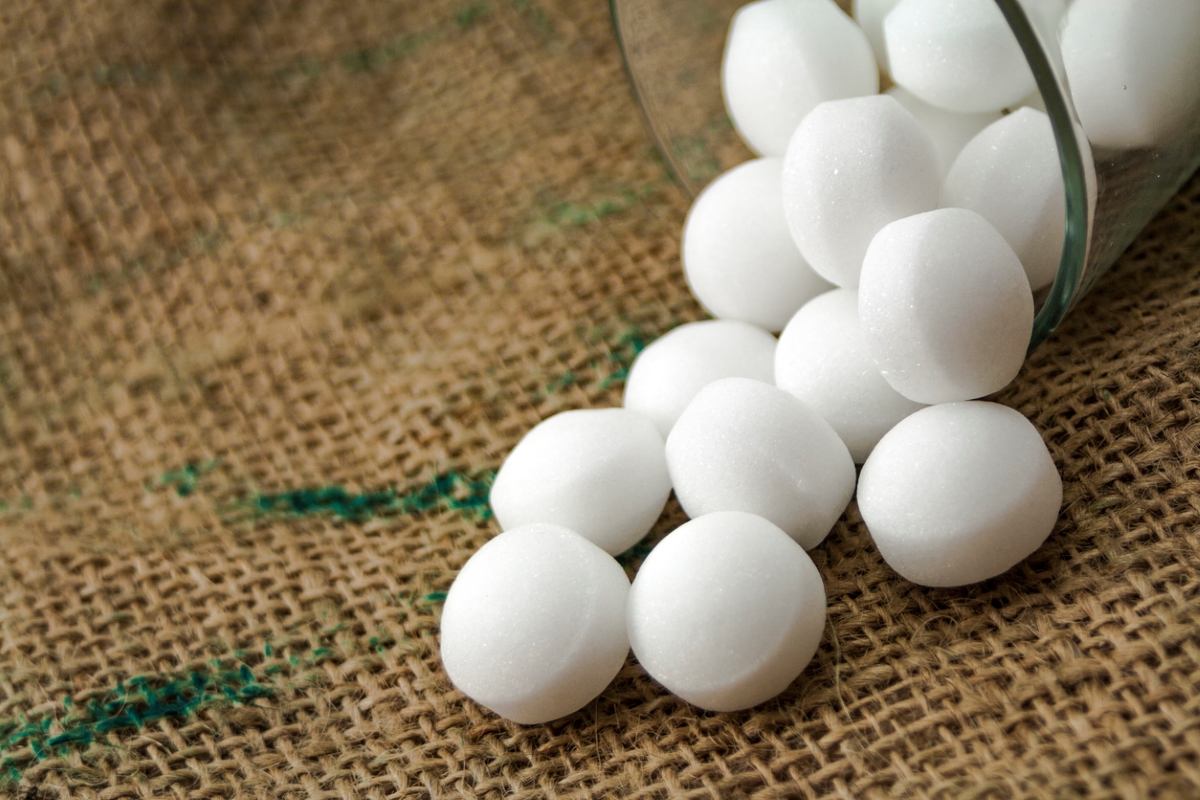
The same noxious smell that keeps moths and other pests away from closets also makes moth balls extremely flammable. Moth balls are made from a chemical called naphthalene, which is used in explosives.
7. Hand Sanitizer

The active ingredient in hand sanitizers, ethyl alcohol, is extremely flammable. Smokers who carry both lighters and bottles of hand sanitizer together should take care to stow these items separately.
RELATED: 25 Bad Habits That Could Burn Down Your House
8. Aerosols
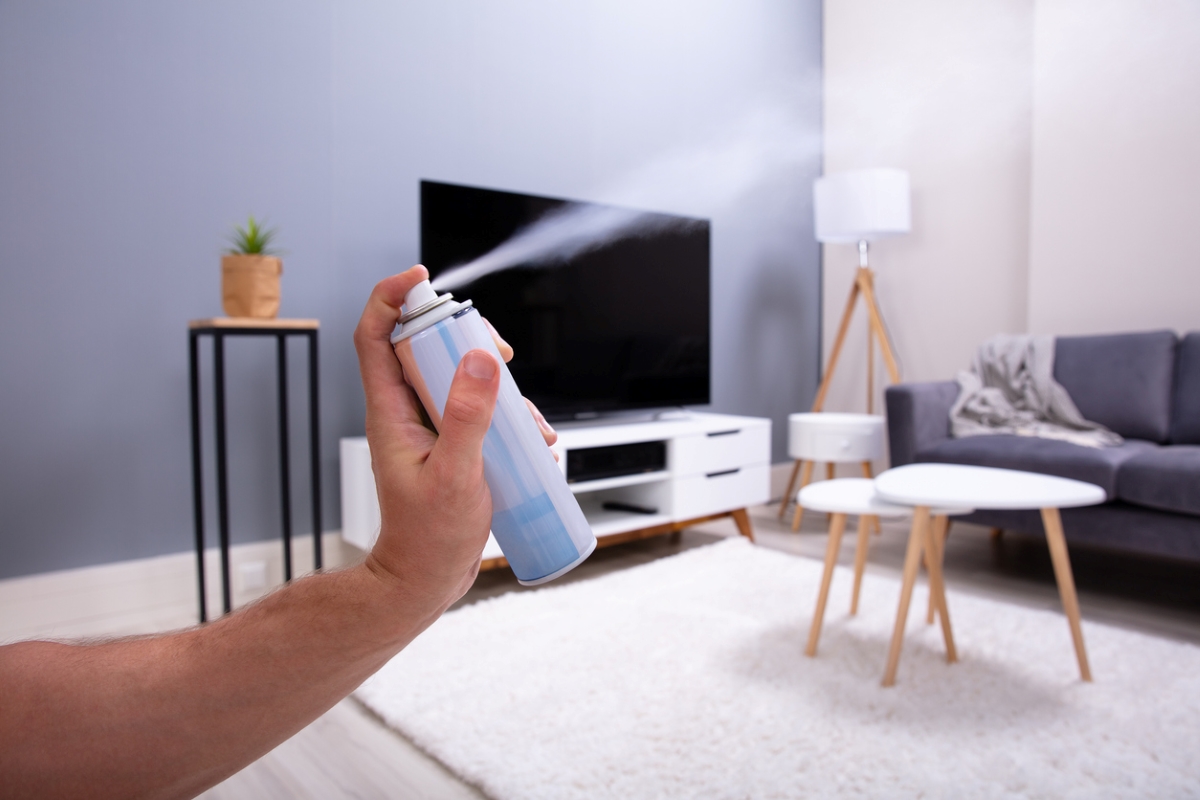
Most household have at least a few aerosol cans, be they cooking oils, cleansers, hairspray, deodorants, or sunscreens. Aerosols work because the contents are under pressure, which means that they can also explode when exposed to high temperatures. In many cases, the contents of the can also contain flammable chemicals, which is why you should always store and dispose of aerosol cans properly.
9. Dryer Lint
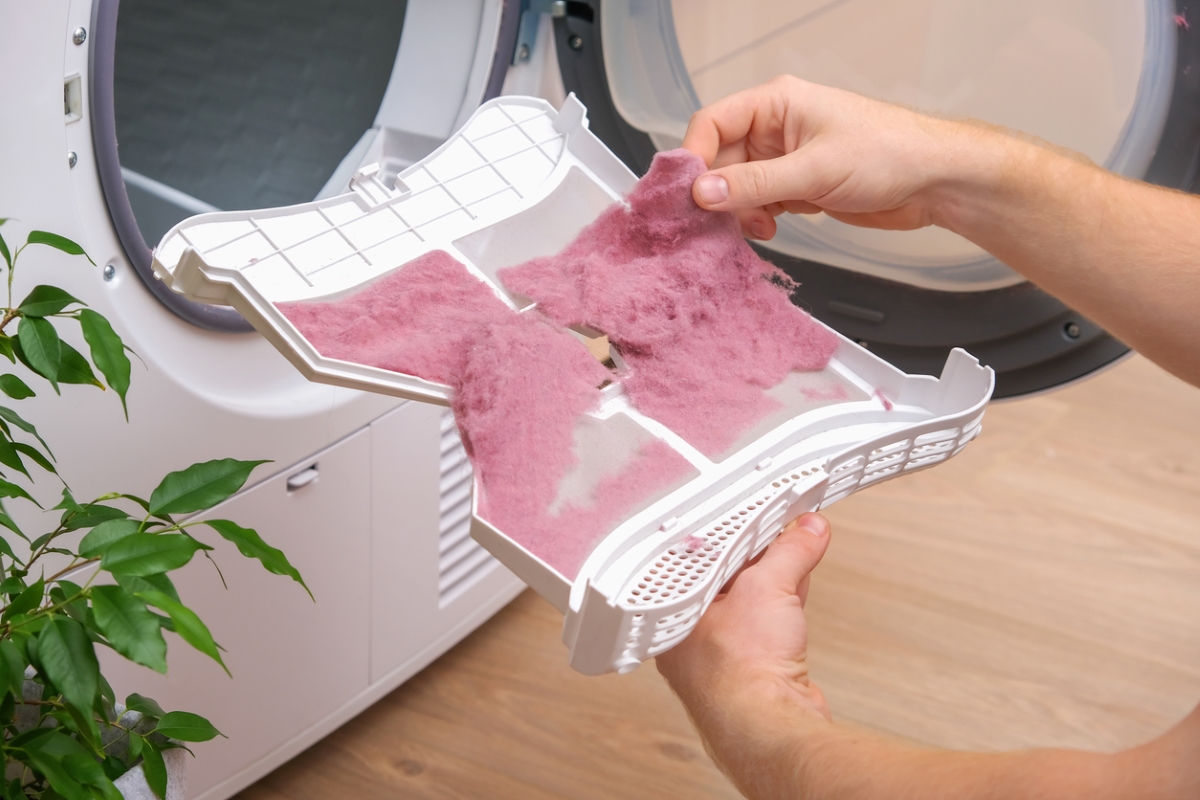
Dryer lint is nothing more than the buildup of textile fibers, hair, and debris, a combination that is highly combustible. In fact, dryer lint is so flammable that many people use it to make their own DIY fire starters. Stay safe by cleaning your clothes dryer’s lint trap, exhaust hose, ductwork, and vents regularly to prevent lint buildup.
RELATED: How to Clean a Dryer Vent in 5 Simple Steps
10. Shoe Polish
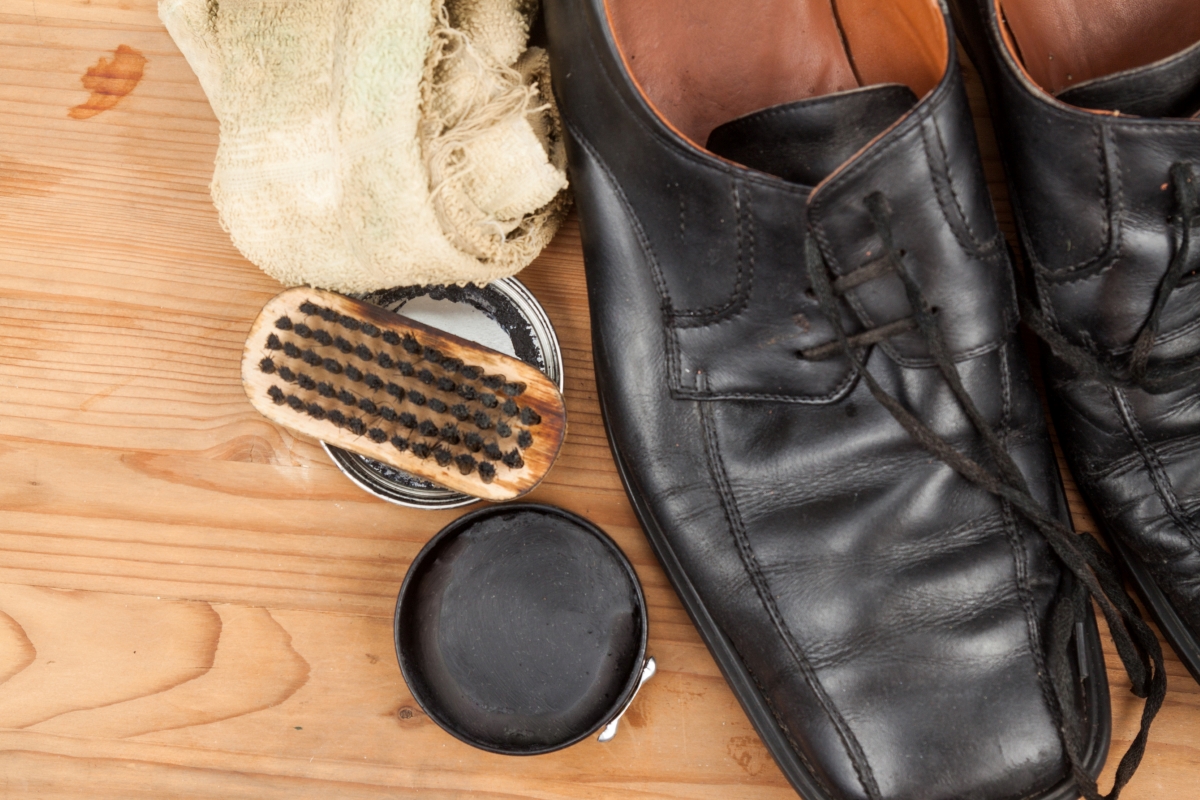
Shoe polish typically contains a mix of natural and synthetic components, including naphtha, turpentine, and waxes, all of which are flammable. Plus, many black shoe polishes also contain combustible charcoal dust.
11. Plastic Containers
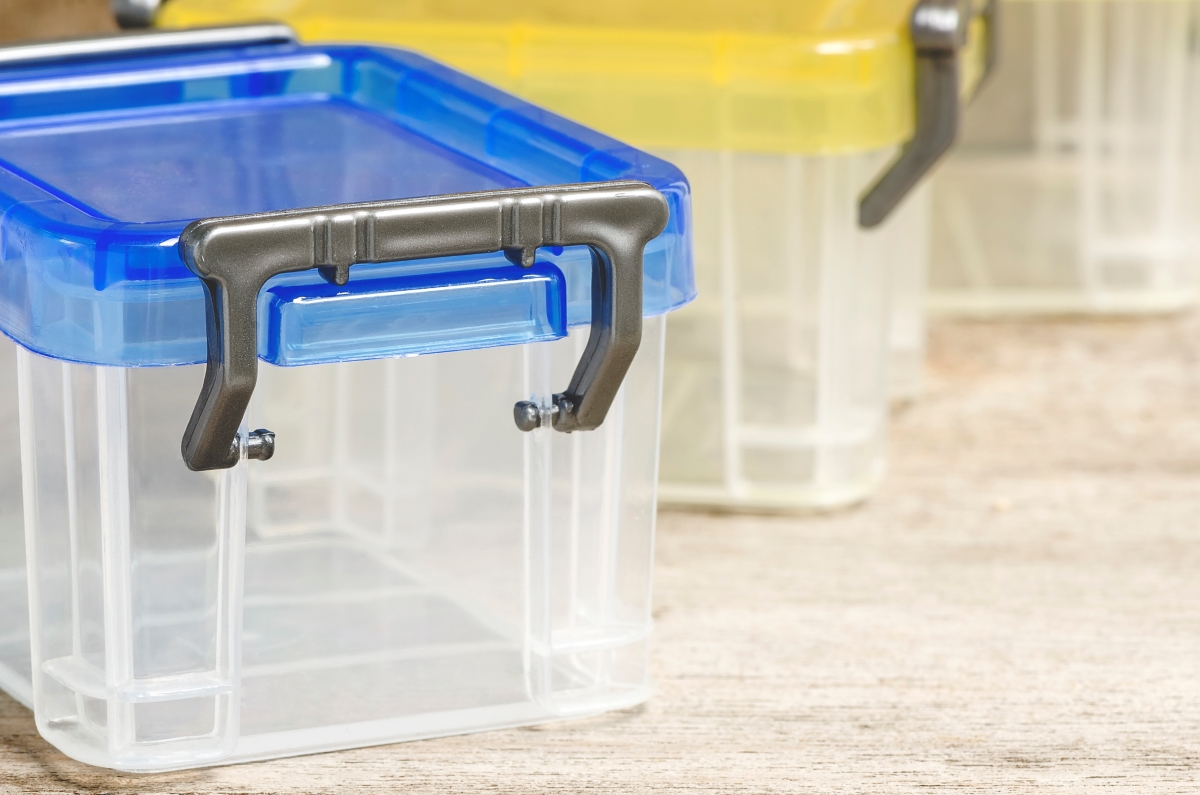
Plastics are a petroleum product, so they can be highly flammable. Although many household plastic containers are manufactured using additives that make them less likely to burn, all types of plastic will catch fire when exposed to high heat.
RELATED: 7 Storage Bins That Won’t Crack or Warp Under Pressure
12. Nail Polish and Remover
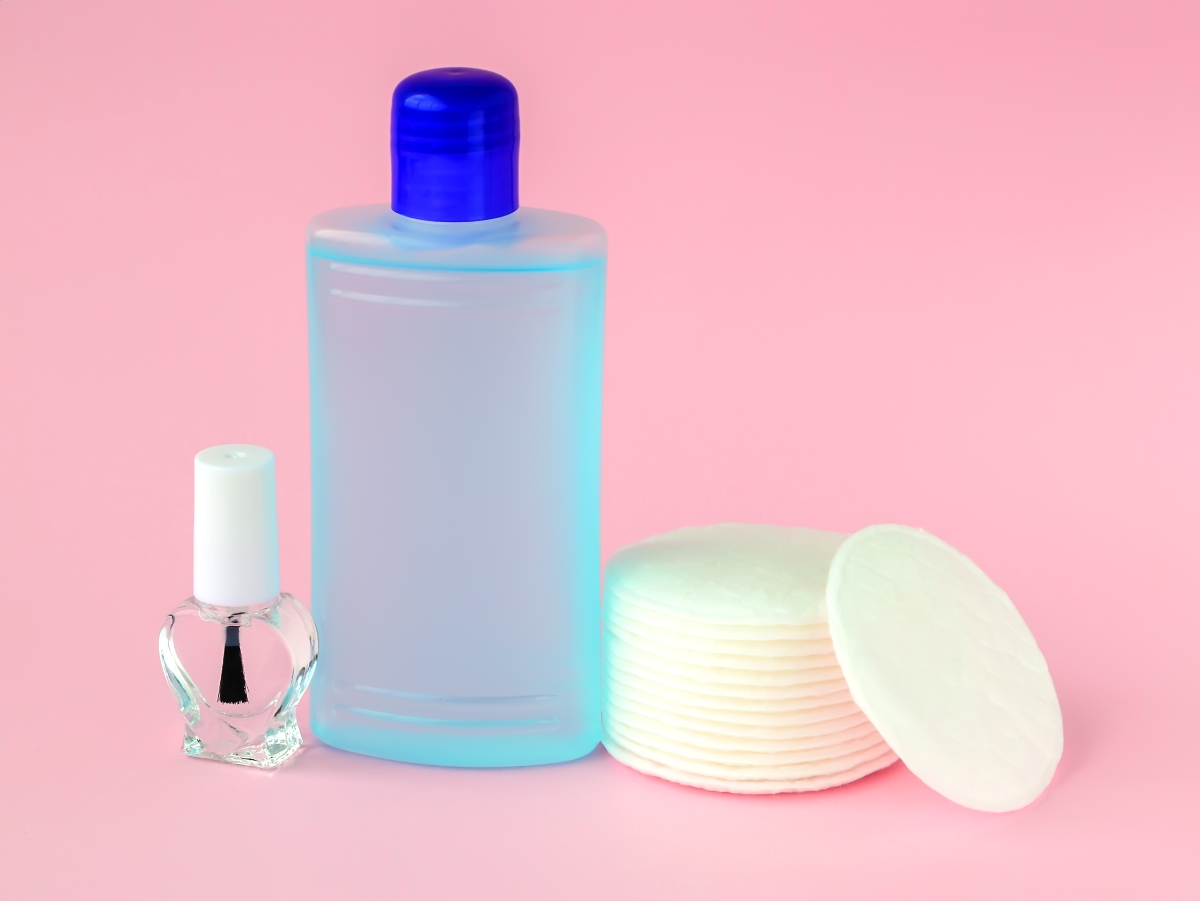
Both nail polish and nail polish remover are made with highly flammable chemicals. Nail polish typically contains isopropyl alcohol, ethyl acetate, and butyl acetate. Most nail polish removers contain acetone, which is so combustible that the vapors alone can catch fire.
13. Ping Pong Balls

Ping pong balls, which are made out of celluloid, are highly flammable if exposed to high heat. Older ping pong balls used to be made of acidified celluloid, an ingredient that becomes unstable over time. This is why some older ping-pong balls might explode mid-game.
14. Mattresses

Most mattresses are flammable. Polyurethane and memory-foam mattresses are particularly flammable, but nearly all mattresses contain some flammable components in their filling. However, in 2007, the U.S. Consumer Product Safety Commission (CPSC) created a standard that says all U.S. mattresses must be able to withstand 30 minutes of an open flame before igniting. Newer mattresses now contain flame retardants, but mattresses made prior to 2007 are not.
RELATED: 9 Ways You’re Ruining Your Mattress
15. Contact Cement
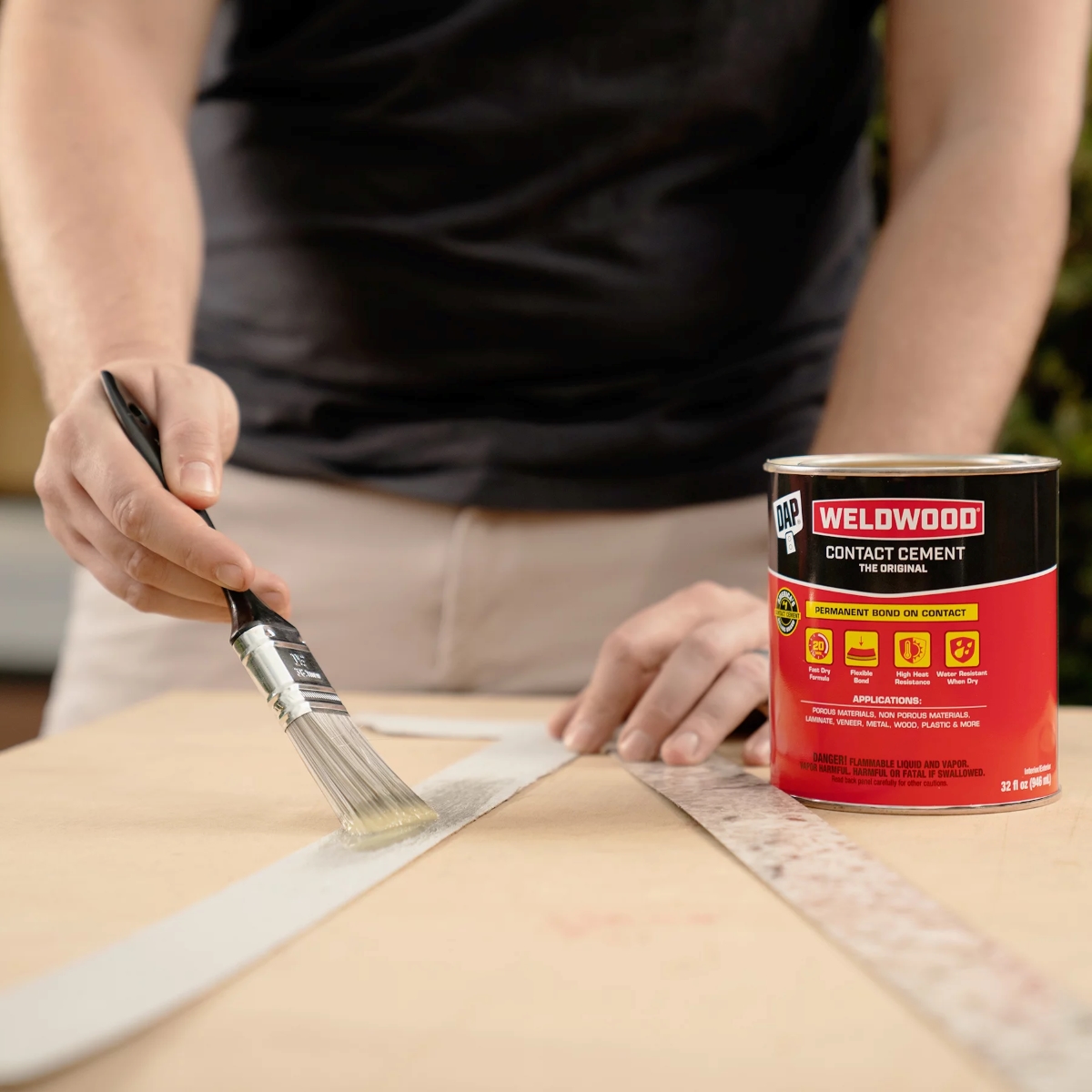
Solvent-based contact cement is an adhesive often used in projects such as countertop laminating, flooring installations, and shoe repairs. It contains volatile organic compounds that are both highly flammable and toxic, so it should always be used in a well-ventilated area and disposed of as hazardous waste. However, water-based contact cement is a newer option that’s neither flammable nor toxic.
16. Turpentine
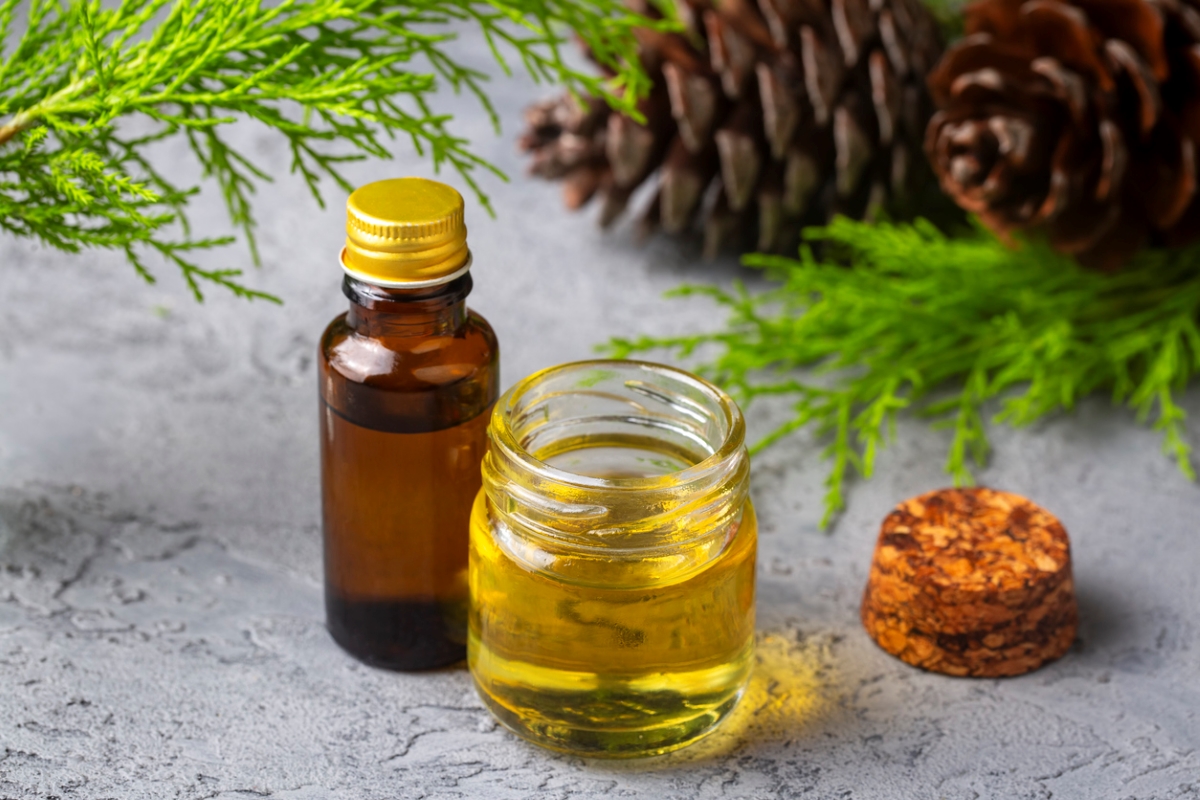
Turpentine is a highly flammable liquid that’s used primarily as a paint thinner for oil-based paints. Many people also use it to clean brushes and other painting tools. Derived from pine tree resin, turpentine is also toxic and can cause skin reactions, so it should only be used with gloves in a well-ventilated area. It’s one of those often-used products that suggest DIYers should always have fire extinguishers in the home and garage.
RELATED: What’s the Difference? Mineral Spirits vs Paint Thinner
17. Upholstered Furniture

The filing and fabric in most upholstered furniture is flammable. According to the CPSC, upholstered furniture accounted for 17 percent of home fire deaths between 2015 and 2017. To help mitigate these fires, in 2021, the CPSC created a federal flammability standard that says new upholstered furniture must not ignite when exposed to a smoldering cigarette. However, the standard does not include meeting open flame requirements, so you should still be careful with candles or other open flames near upholstery.
18. Fertilizer
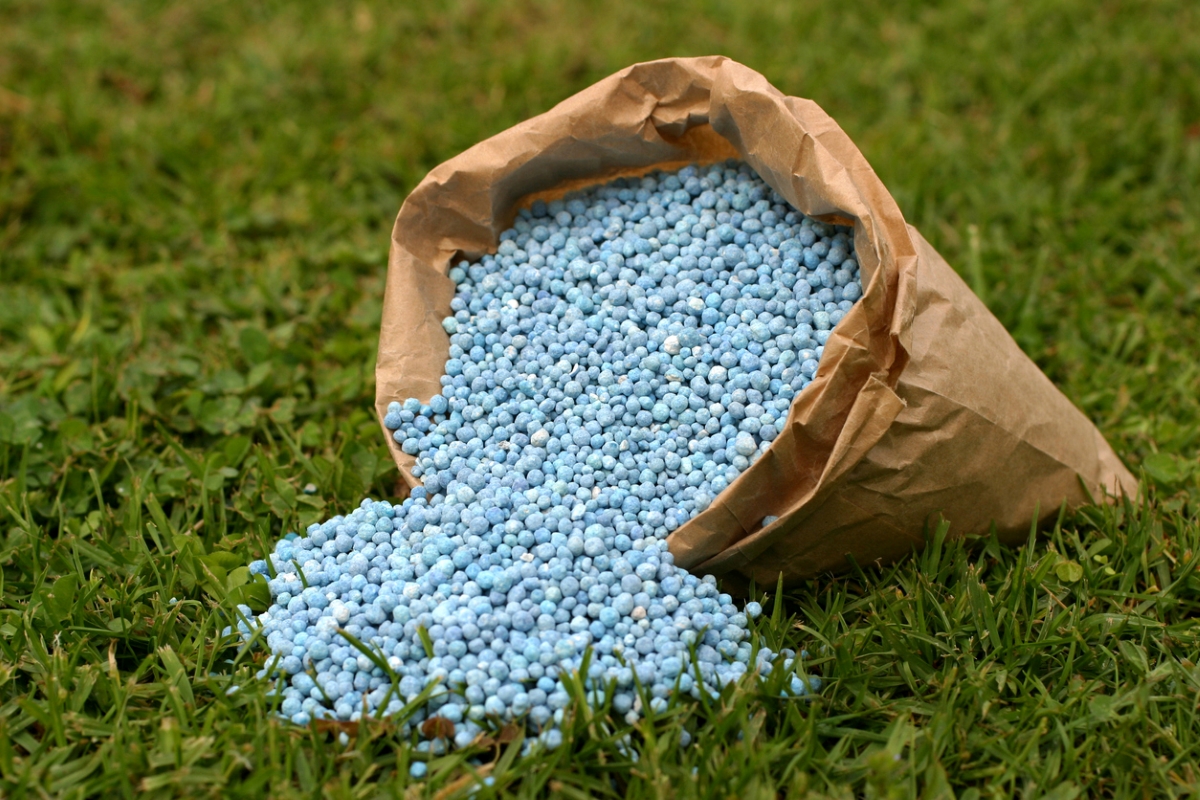
Ammonium nitrate is a compound commonly found in commercial fertilizers. The compound is solid at room temperature, but when it’s exposed to flames or high temperatures, it can cause fires and explosions. It’s so explosive, in fact, that farmers have used it to clear fields and create ponds. Its flammability means you should never store fertilizer near any combustible materials.

